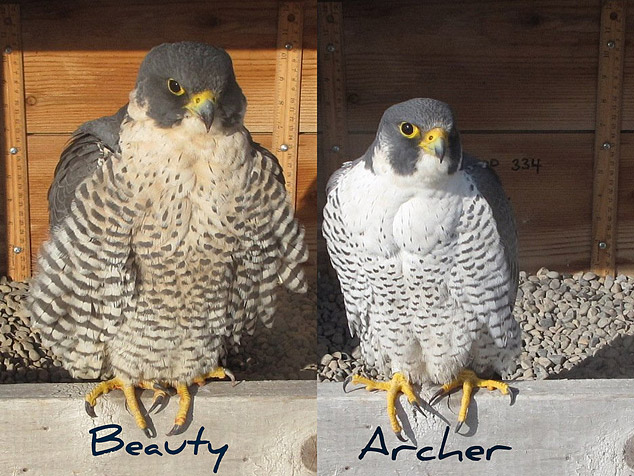Here I will give you a brief overview of the (sad) history between the indigenous tribes of the Pantanal and the both Spanish and Portuguese conquerers.
Many tribes existed throughout the Pantanal for thousands of year. The water naturally draws all forms of life to it, providing sustenance for all living creatures. Different tribes were known for different things, there were the canoe people, the fierce warriors, and after horses were introduced, the horse tribe.
The Pantanal was first explored by the Spanish whom then established some small jesuit settlements near the Pantanal. One settlement near the Pantanal called Xeres was later destroyed in raids done by the indigenous peoples.
Then the Portugese expeditions came. One of the first tribes described by the Portugese is called the Xaray. They were a tribe that lived in the lower flood plains of the Pantanal and were well adapted to the wet environment. The name of this tribe was later morphed into the name of the mythical inland ocean the explorers returning from expeditions spoke of (I'll give you a clue, it's actually the Pantanal). They called it the Sea of Xaraés.
Unfortunately, the arrival of the Portugese would hit the indigenous tribes to the Pantanal much harder than their previous interactions with the Spaniards and Jesuit settlements.....
With that note I will end this blog post on a cliffhanger and entice you to listen to my presentation next week to learn about what happened to the indigenous tribes of the Pantanal and what they are facing in modern times.
-Martell
_____________________________________________________________________________




























.jpg)
